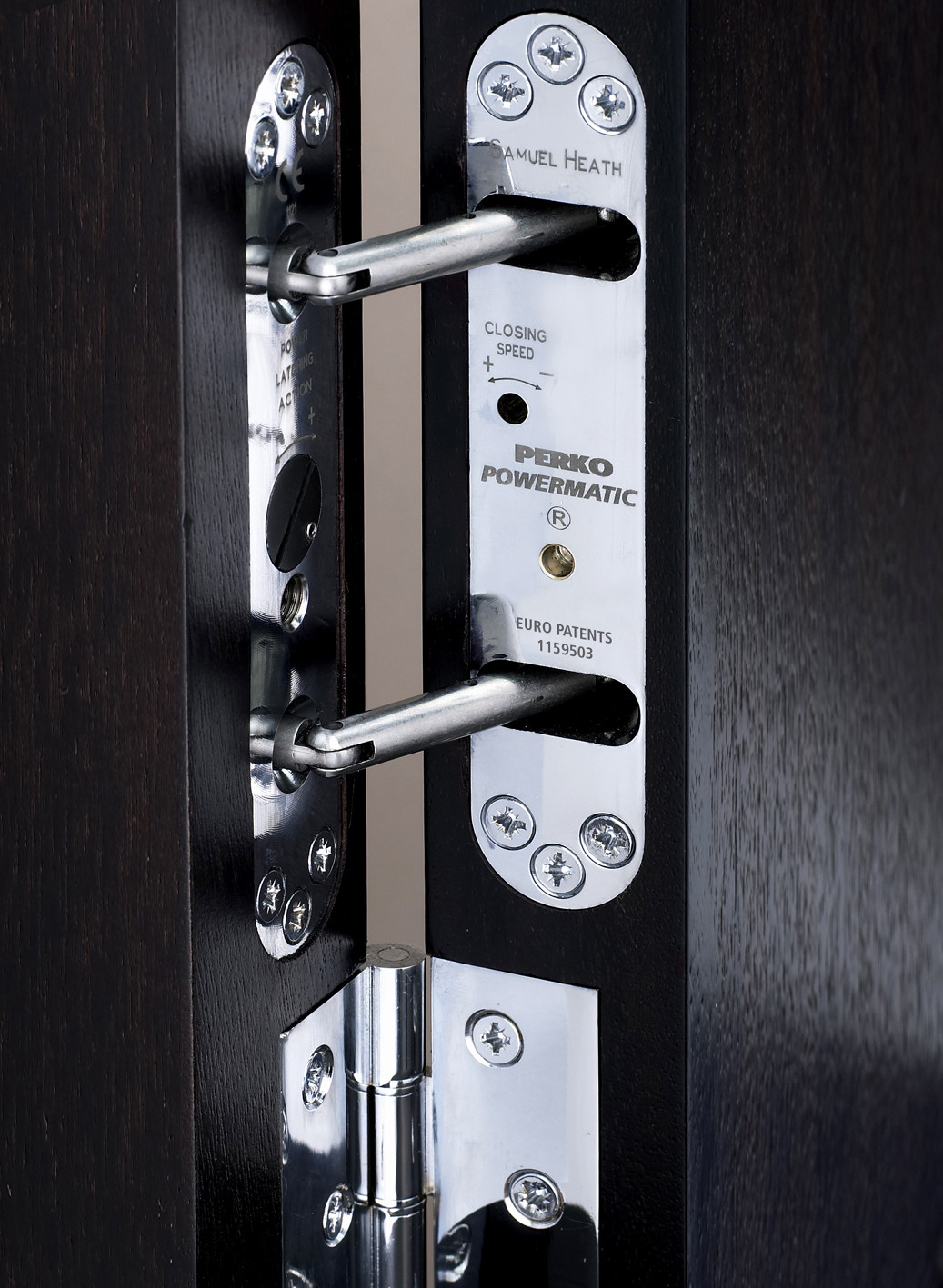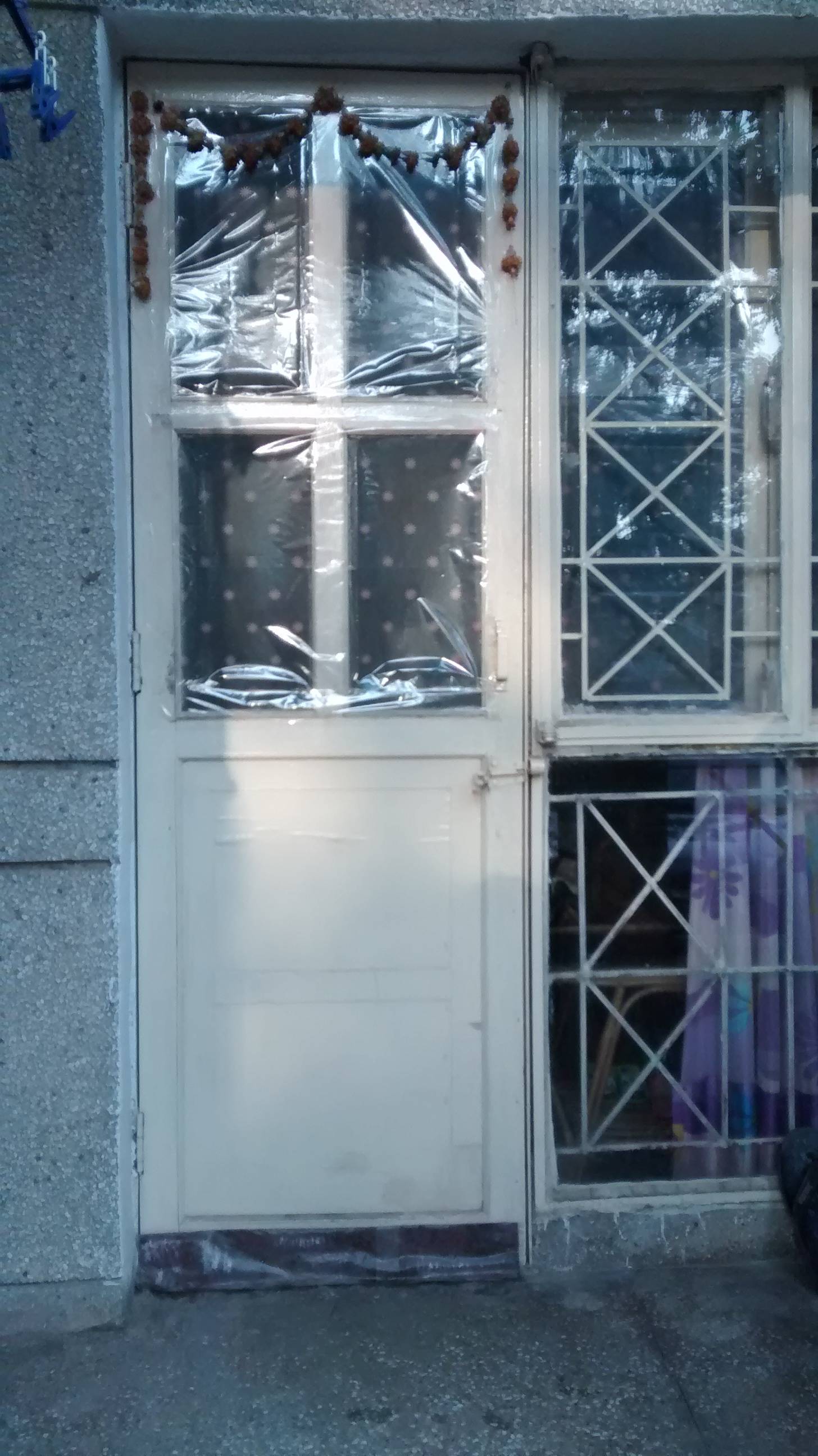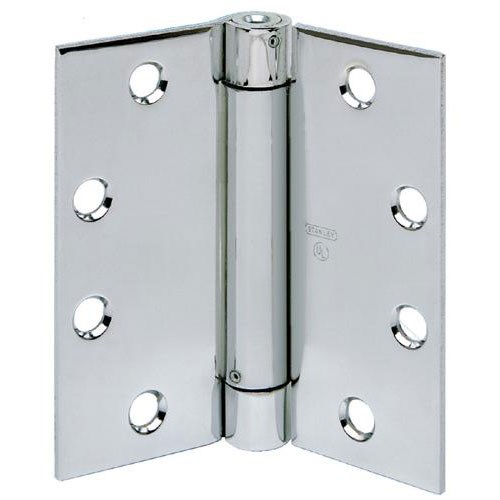Fire doors have to be self closing in most places so you definitely can buy something. Even outside locations where there are requirements, your is a common problem.
It may be designed for a heavier door than yours. I fitted a fire door closer that goes inside the door in a large drilled hole, but had to modify it for a lighter spring. This was a hollow interior door. The best search term for this product appears to be "concealed fire door closer" or "chain door closer".
Here's a picture of an expensive looking version (via a mildly spammy upload to wikimedia commons):

I can't find any pictures of a cheap one with a suitable licence, but a search for google image search for "chain door closer" will do the trick. They're cheap on ebay if you can't find a local stockist.
(based on my earlier typo-riddled comment)










